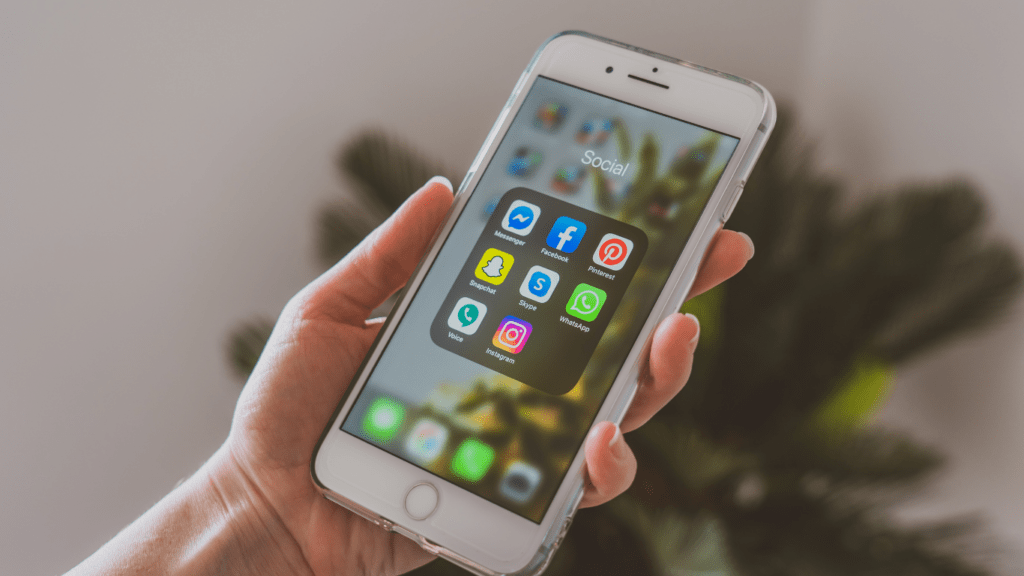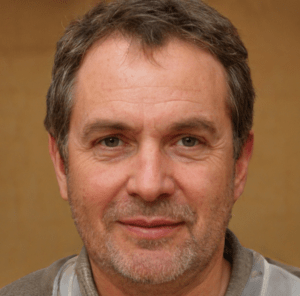Understanding the Social Media Landscape for Artists
Navigating social media can feel daunting, but understanding the landscape simplifies everything. Artists can focus their marketing efforts effectively by knowing which platforms to utilize and how to build a brand identity.
Choosing the Right Platforms
- Each social media platform serves a unique audience. Selecting the right ones helps artists reach their target market.
- Visual-heavy sites like Instagram and Pinterest work best for showcasing artwork.
- Instagram provides features like Stories, IGTV, and Reels to share behind-the-scenes content.
- Pinterest supports cataloging art into curated boards, making it easy for collectors to find pieces.
- Facebook remains essential for building community groups and engaging with fans through live sessions.
- TikTok, with its short-form video content, offers a unique way to reach younger audiences.
- LinkedIn, while less visual, is ideal for professional networking and sharing art-related articles.
Creating a Brand Identity
A strong brand identity distinguishes an artist from others. Consistency is key. Use the same profile picture, handle, and bio across platforms to build recognition.
Share content that reflects personal style and message, ensuring cohesive aesthetics. Posting regularly and engaging with followers enhances visibility.
Artists should also create a unique hashtag for their work, encouraging fans to share it. Example: artist Name_Art for easy tracking. Diverse posts, including work-in-progress shots, inspirations, and finished pieces, enrich the feed and create a deeper connection with the audience.
Developing Your Social Media Strategy
Creating a robust social media strategy maximizes the impact and reach of your art. A cohesive plan aligns your efforts and ensures your posts resonate with your audience.
Content Planning and Scheduling
Consistent posting boosts visibility. I schedule my content using tools like:
- Hootsuite
- Buffer
- Later
Identify high-engagement times for your audience by analyzing platform insights. For example, Instagram insights reveal peak engagement periods.
Create a content calendar to plan posts in advance. Include various post types like artwork showcases, behind-the-scenes, and user-generated content. I use a mix of static posts, stories, and reels to keep my feed dynamic. This variety maintains interest and attracts diverse audience segments.
Engagement and Community Building
Interaction strengthens connections. Respond to comments and direct messages promptly. I engage with followers by liking, commenting, and sharing their posts when relevant. This reciprocity fosters a sense of community.
Join relevant groups and participate in discussions. Facebook and LinkedIn groups offer excellent engagement opportunities. Collaborate with other artists for joint posts or live sessions. I participate in Instagram Lives with peer artists to reach each other’s followers.
Highlight follower interactions and user-generated content. Sharing fan art or re-posting users’ photos with my artwork creates a personal connection, encouraging more engagement.
Essential Tools and Resources for Art Marketing

Artists need tools to market their art effectively on social media. Essential resources streamline processes and provide valuable insights.
Analytics and Performance Tracking
Analytics tools help track performance metrics, allowing artists to understand audience behavior. Google Analytics, for example, offers in-depth insights into website traffic sources and user engagement.
Social media platforms like Instagram and Facebook provide built-in analytics tools, showing post reach, impressions, and engagement rates. Understanding these metrics helps artists adjust their content strategy to maximize reach and engagement.
Automation Tools to Streamline Posting
Automation tools simplify the posting process, saving time and ensuring consistency. Tools like Hootsuite and Buffer allow scheduling posts across various social media platforms ahead of time.
These platforms offer options to monitor engagement and interactions in real-time. Using automation efficiently, artists can maintain a regular posting schedule without being constantly online, focusing on creating art instead.
Case Studies and Success Stories
Examining real-life examples can offer valuable insights into effectively marketing art on social media. These case studies highlight artists who’ve successfully used various strategies to boost their online presence and drive sales.
- Ashley Longshore
Ashley Longshore, a pop artist from New Orleans, leveraged Instagram’s visual-centric platform to showcase her vibrant artwork. She used Instagram Stories, IGTV, and regular posts to build an engaging narrative around her creative process.
By engaging directly with her audience, responding to comments promptly, and sharing behind-the-scenes footage, Longshore grew her following substantially. Within three years, she amassed 200K followers and her sales saw a 40% increase. - Kaws
Contemporary artist Kaws utilized multiple social platforms, including Instagram and Twitter, to create a cohesive online presence. He posted high-quality images of his artworks, shared upcoming exhibition details, and engaged in meaningful conversations with his followers.
His strategic collaborations with brands like Uniqlo and Dior also gained significant traction, leading to a broader audience reach. As a result, Kaws’s social media presence contributed to a 25% increase in his art sales over two years. - Robin Eisenberg
Robin Eisenberg, an illustrator known for her colorful and psychedelic art, found success by actively participating in communities on Pinterest and Instagram.
By pinning her art to relevant boards and using hashtags strategically, she expanded her reach. Eisenberg often collaborated with other artists and brands, sharing user-generated content and running themed contests. Her proactive community building and consistent posting strategy helped her achieve 150K followers and double her online sales within two years.
These case studies demonstrate the importance of engagement, consistency, and strategic use of social media features in marketing art.


